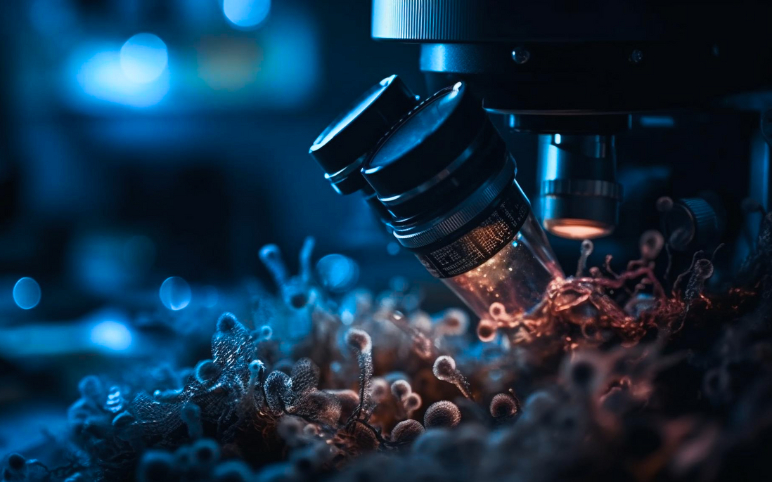
Oct 16, 2019
HR-positive/HER2-negative breast cancer treatment landscape focuses on the complexity of the specific cancer type and the treatment differ according to the biomarker status. The trend suggests a greater bend towards personalized medicine based upon patient biomarkers and physiologic characteristics
In our last article, we discussed the HR-positive/HER2-negative breast cancer market landscape. Let us focus more on emerging therapies for HR-positive/HER2-negative breast cancer.
Current treatment guidelines run along the lines of endocrine therapy as the preferred option for hormone-receptor-positive breast cancer. However, the therapy is not administered in case of severe endocrine resistance.
Article in PDF
Regulating the hormonal balance of the patient with breast cancer could lead to changes in tumour growth and regression of metastatic disease. In recent years, numerous endocrine agents have been developed, which include aromatase inhibitors (anastrozole, letrozole, exemestane), estrogen receptor modulators (tamoxifen) and selective estrogen receptor degraders or down-regulators(fulvestrant). Most endocrine therapies for breast cancer inhibit tumour growth by depriving the cell of estrogen or by blocking its receptor. However, some drugs, such as tamoxifen, can bind to the estrogen receptor (ER) and have both estrogenic and antiestrogenic effects depending on the tissue, cell or promoter.
HR-positive/HER2-negative breast cancer Pipeline
Tesetaxel, an investigational agent developed by Odonate Therapeutics, belongs to a class of drugs known as taxanes, which are widely used in the treatment of cancer. This is an orally administered chemotherapy.
Sacituzumab govitecan under development by Immunomedics is an advanced product candidate, which is a novel, first-in-class antibody-drug conjugate (ADC). The therapy has been approved by many Health Authorities, including the US Food and Drug Administration (FDA) as a chemotherapeutic for patients with cancer. SN-38 cannot be given directly to patients because of its toxicity and poor solubility. This novel drug is currently is in Phase III clinical developmental stage.
Another novel drug candidate, SHR6390of Jiangsu HengRui Medicine, is a Cyclin-dependent kinase 4 and 6 (CDK4/6) of cell cycle progression and are dysregulated in cancers. SHR6390 has been recently accessed in phase II clinical trials.
MM-121 is a potent engineered monoclonal antibody designed to block the HER3 pathway by preventing the signal between heregulin and the HER3 receptor. The HER3 pathway is a drug tolerance pathway, allowing cancer cells to escape death and survive the effect of other drugs. The HER3 pathway is activated by a signal, heregulin (HRG), which binds to the HER3 receptor. Merrimack has pioneered this pathway as a key node in cellular signaling networks and a prime target for cancer drug development.
An estrogen-receptor antagonist EGL-5385-C-1701 under trials by Eagle Pharmaceuticals binds to estrogen receptors, which are found in some breast cancer cells. Already approved by the US FDA the drug is used to treat hormone receptor (HR)-positive metastatic breast cancer in postmenopausal women with disease progression following anti-estrogen therapy. This could be used for the treatment of HR-positive, human epidermal growth factor receptor 2 (HER2)-negative advanced or metastatic breast cancer in combination with palbociclib in women with disease progression after endocrine therapy.
Due to this high number of therapies, there will be a strong race among the companies to dominate the HR-positive/HER2-negative breast cancer market share.
Article in PDF

